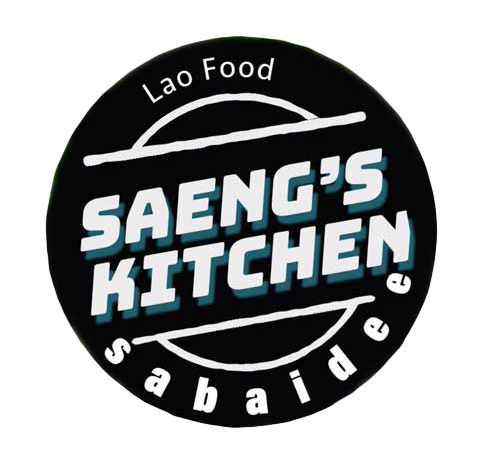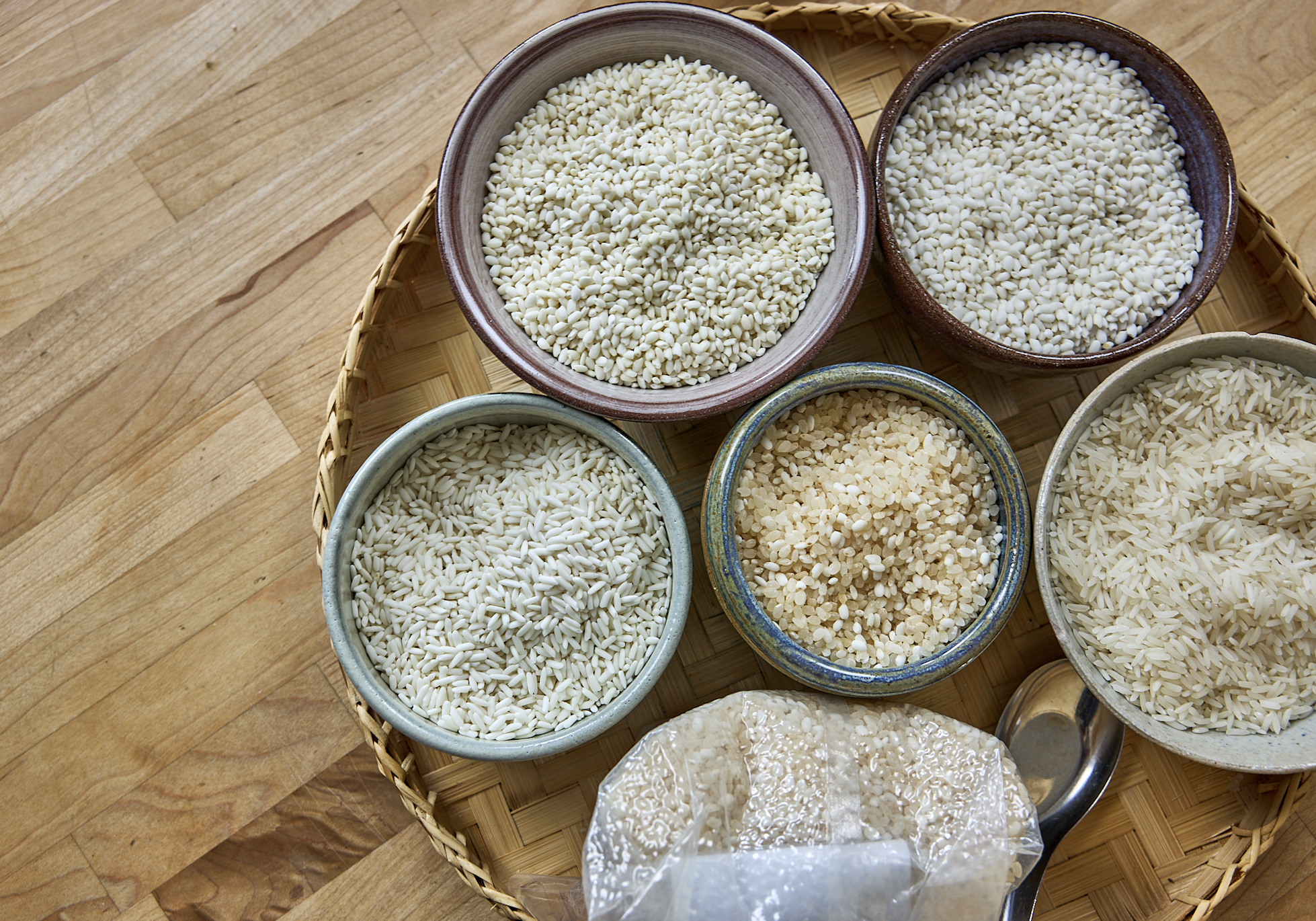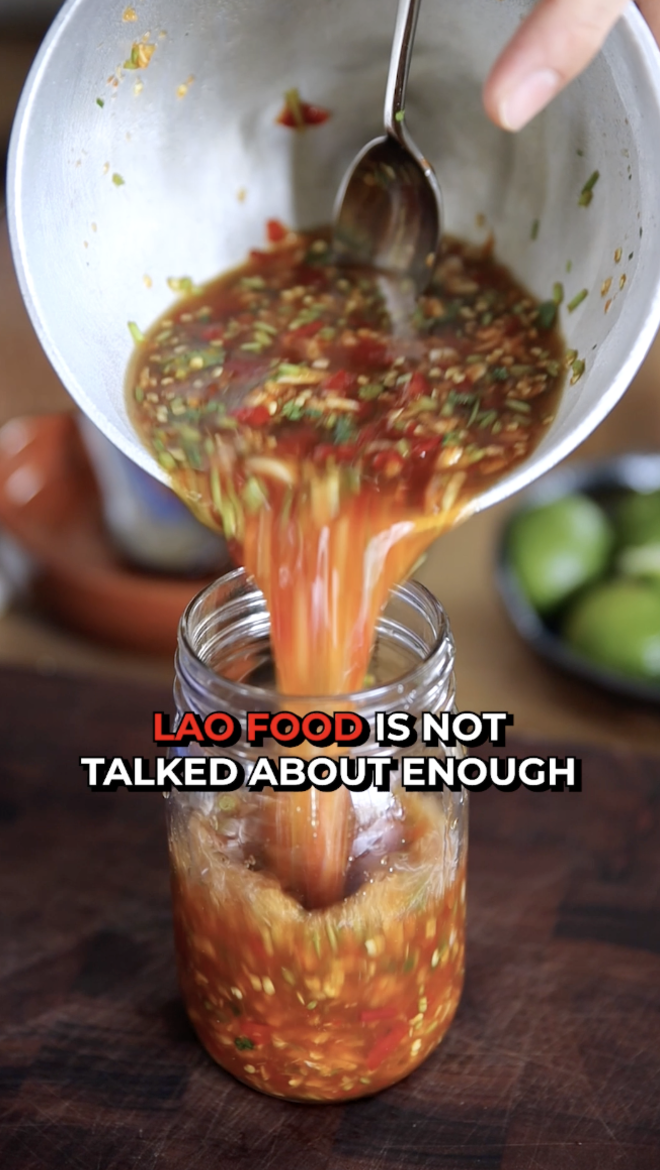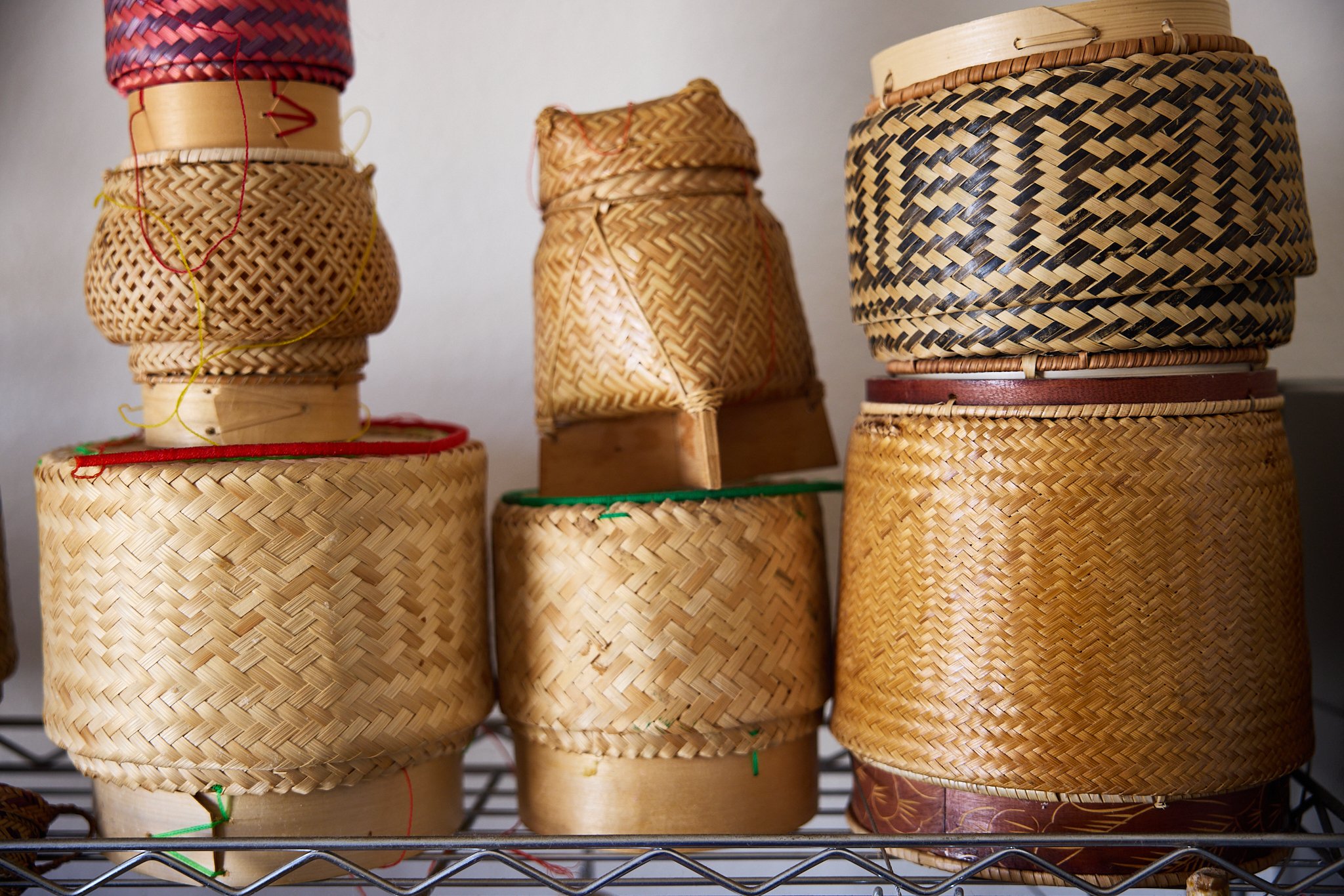The Ultimate Guide to Sticky Rice: Types, Cooking Methods & Essential Equipment
Sticky rice is a staple in Lao cuisine, but a common question I get is: "How do I find the right sticky rice to use?"
In this guide, I’ll walk you through:
✅ The different types of sticky rice and their unique qualities
✅ The rice that often gets confused with sticky rice
✅ Traditional vs. modern cooking methods
✅ Essential cookware for making perfect sticky rice
And—something special—I’ll show you a rare Lao sticky rice variety that you probably haven’t seen on many blogs!
Part 1: Types of Sticky Rice & The One That Gets Confused
I have five different types of rice. Let’s go through them one by one, so you know which one might be best for your Lao dishes.
1. Long-Grain Sticky Rice (The Most Common)
This is the most widely available sticky rice found at Asian grocery stores. It’s often labeled as:
Long-grain sticky rice
Sweet rice
Mochi rice
Waxy rice
It has a slightly translucent, elongated grain and is the go-to choice for most Lao dishes.
2. The Sticky Rice Imposter: Jasmine Rice
Often, people confuse sticky rice with Thai rice—but what does that really mean? In Thailand, the most commonly eaten rice is jasmine rice, not sticky rice.
Jasmine rice has:
A more opaque appearance
A longer grain shape, slightly slimmer than sticky rice
A fluffy texture instead of the chewiness of sticky rice
So, while jasmine rice is amazing for many Thai dishes, it’s not the sticky rice used in Lao cooking.
3. Kota Farms Sweet Rice (California Grown)
This is a short-grain variety of sticky rice grown in California. It’s labeled as "superior short-grain sweet rice" and has:
A shorter, plumper grain shape
A slightly different texture when cooked—softer but still chewy
4. Apple Brand Sweet Rice
Apple Brand is another short-grain sticky rice similar to Kota Farms but with slightly larger grains. If you like a thicker, chewier texture, this one might be a great option for you.
5. My Favorite & Rarest: Khao Gai Noi (type of Lao Sticky Rice)
This is my most cherished type of sticky rice! It’s grown in Xieng Khouang, Laos, and is not exported—you have to go to Laos to get it.
It stands out because:
The grains have a tan-white color (less processed than commercial sticky rice).
It has a nutty, fragrant aroma and a distinct taste.
It stays softer for longer—even after 24 hours!
No wonder people in Laos are called "children of sticky rice"—they truly know how to grow the best varieties.
Part 2: Essential Sticky Rice Cooking Equipment
Most sticky rice cookware originates from Laos, where the mastery of sticky rice cooking comes from generations of experience. Here’s what you need:
1. The Traditional Sticky Rice Steamer
woven bamboo basket – Holds the rice for steaming.
metal pot – Boils water beneath the basket.
The steamer shape allows for even cooking, but you have to flip the rice halfway through.
2. Bamboo Dim Sum Bamboo Baskets (Alternative Method)
Originally used for Chinese dim sum, but can also steam sticky rice.
Since the bottom has holes, you’ll need to line it with cheesecloth to prevent rice from falling through.
Unlike the traditional method, flipping isn’t required—just mix the rice with a spoon.
3. The Lao Circular Bamboo Steamer
This is even more traditional and does not require flipping!
It’s perfectly circular with a woven net at the bottom.
Put your rice inside, steam for 20–25 minutes, and you’re done.
4. Lao Wooden Sticky Rice Cooker (Rare & Ceremonial)
This is one of the oldest sticky rice cookers, even older than the woven bamboo steamer.
Made from wood, it’s thicker and sturdier.
It was once commonly used in ceremonial cooking in Laos.
Like the mooy nung khao, no flipping is required—just let it steam and enjoy.
5. Mini Single-Serving Sticky Rice Cooker
A small, circular bamboo steamer perfect for solo meals.
Great if you don’t want to cook a big batch of sticky rice.
Simply place it over a pot of boiling water and steam.
Part 3: How to Cook Sticky Rice (Traditional & Modern Methods)
Now that you know the types of rice and cookware, let’s go over how to cook sticky rice perfectly.
Step 1: Rinse & Soak the Rice
Place the rice in a bowl, rinse 3 times until the water is less cloudy.
Soak in warm water for 2 hours (or overnight for better results).
Step 2: Drain & Transfer to the Steamer
Drain the water completely.
If using a huat bamboo steamer, place the rice inside, allowing space for steam to circulate.
Step 3: Steam the Rice
Bring water to a boil in your metal pot or a steaming pot.
Place the rice basket on top, cover with a lid, and steam for 20–25 minutes.
🚨 Note: If using a traditional huat, flip the rice halfway through for even cooking.
Step 4: Let the Rice Rest & Serve
Once cooked, remove the rice from the steamer and spread it out on a clean surface or mat.
Let it cool slightly before forming into a ball.
Store in a covered container to keep warm until serving.
🔹 Pro Tip: My parents always wrap sticky rice in a warm cloth or blanket to keep it soft longer.
Why I Cherish Lao Sticky Rice
Cooking sticky rice, especially rare varieties like Khao Gai NOi, reminds me of the deep traditions in Lao culture. Every grain is precious, and I finally understand why my parents always taught me to cherish every single one.
If you found this guide helpful, comment below and let me know your favorite way to eat sticky rice!
📌 Want to learn another method? Watch my video on How to Cook Sticky Rice the Modern Way [link here].
📢 Don’t forget to share this post with your fellow Lao food lovers!
See you next time on Saeng’s Kitchen—happy cooking! 🍚✨

















Sabaidee, I’m Saeng!
I’m a personal chef who specializes in Lao food. Here at Saeng’s Kitchen, you’ll find all your favorite traditional Lao foods and also some new twists to Lao style dishes.